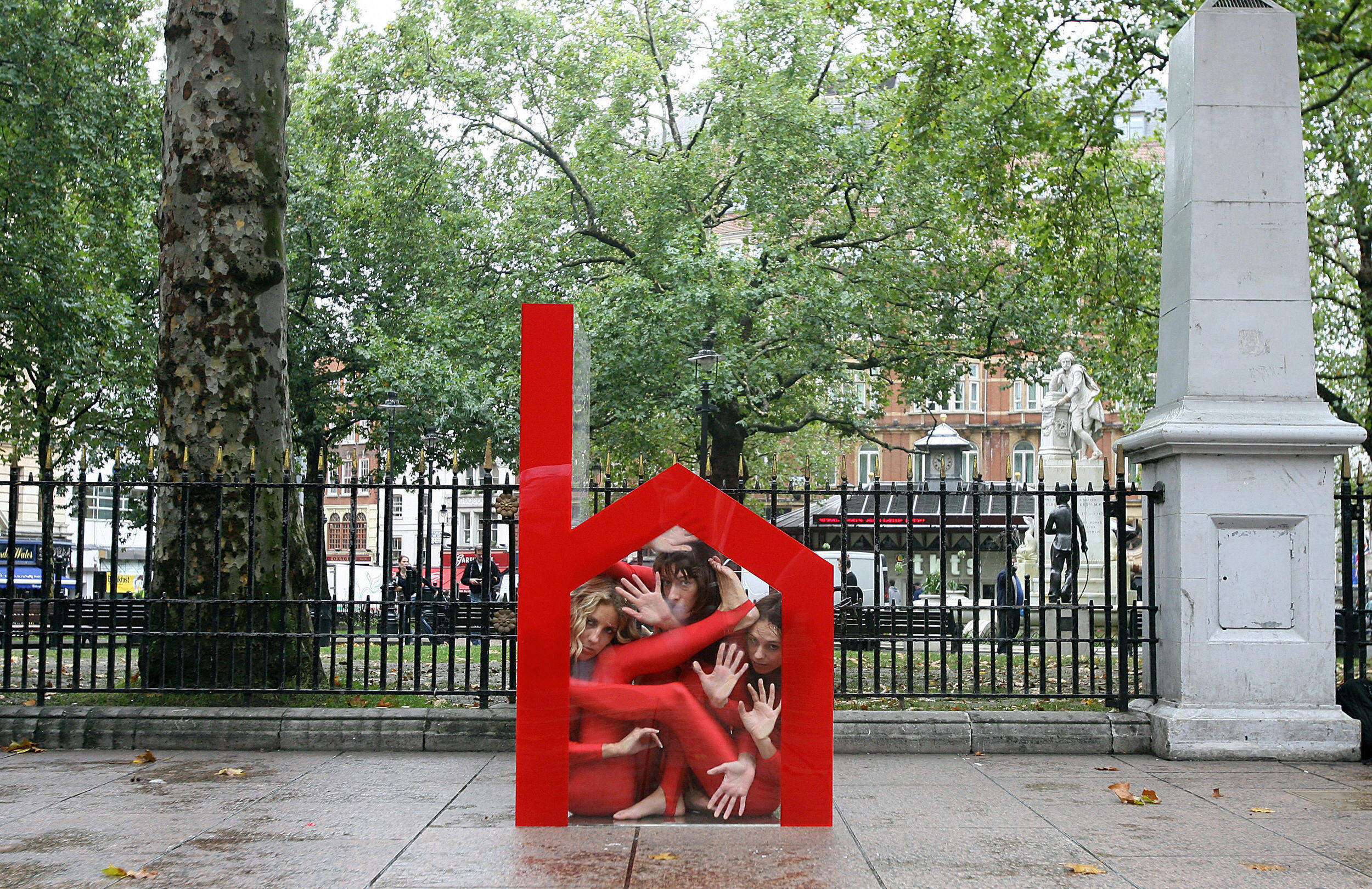
For many people, the notion of home is as a sanctuary – a place where we can retreat from the trials and tribulations of the world outside. It’s tempting to take the roof over our head for granted, but for an increasing number of Londoners, fulfilling this basic need is out of reach.
There is more than enough evidence that proves the capital’s housing market is in tatters. Younger people in particular must endure extortionate private renting costs, with little hope of ever buying a place. Countless families are forced to live in homes that don’t meet basic standards.
The number of people sleeping rough in our city more than doubled between 2009/10 and 2016/17 to more than 8,000 last year. Rough sleeping is the tip of the homelessness iceberg, with thousands of families in temporary accommodation, and many “hidden homeless” sleeping on friends’ sofas, in airports or on public transport.
London’s housing crisis has been beyond the tipping point for too long. That serious intervention is necessary is indisputable, but what form that should take has been subject to some debate. There is a fine line between innovation and desperation. That is why this month I raised the issue of micro-homes with the Mayor of London.
There is no strict definition of a micro-home. The term tends to refer to properties that are less than 37 square metres – about the size of a Tube carriage – which according to government standards should be the minimum for a one-bedroom flat. Last year, 7,809 micro-homes were built in Britain, up from 5,605 in 2015. While their popularity is growing, we need to be extremely wary about this new trend. I was compelled to speak out about this after the property developer U+I suggested that micro-homes were the solution to our housing woes.
The company has put forward proposals for flats that would fly in the face of minimum space standards. Some of them – at just 19 square metres – would be roughly the same size as two prison cells. Their appeal to the private sector is unsurprising when packing in lots of smaller homes would see developers’ profits soar.
The guidelines that govern how much space a property should have are there for a reason. Housing is intrinsic to quality of life – our surroundings have a profound impact on our wellbeing. It is abundantly clear that keeping Londoners confined in cramped conditions is not the way forward. Yes, the housing market is broken but a race to the bottom can’t fix it.
During his monthly question session, I asked Sadiq Khan whether he would use his planning powers to ensure that no homes that fall short of minimum space standards will be built in London on his watch. I was pleased that the mayor rejected micro-homes and sent a firm message to developers that they are not acceptable in London.
U+I claimed that the homes set out in their plans would be offered at London Living Rent. The cost of rent under this scheme, which the mayor and I both advocate, varies across London, and its level is based on a third of median local wages. The concept of micro homes is at odds with the ethos behind London Living Rent. This important initiative is about providing decent homes that people can afford to live in. It’s not about developers claiming credit for cutting corners.
As a society, we will only flourish and realise our full potential when our people are properly housed. In his quest to get to grips with London’s housing crisis, Sadiq Khan has set out an ambitious strategy. The mayor has pledged to make homes more affordable and demonstrated his commitment to ensuring that they meet space requirements. In the future, I am hopeful that one of his legacies will be transforming the experiences of so many Londoners who struggle to find a satisfactory place to live.
Britain already has some of the smallest homes in Europe. Campaigners fought tirelessly to secure minimum space standards and it is up to us to defend them.
Tom Copley is a member of the London Assembly where he is Labour’s housing spokesperson



